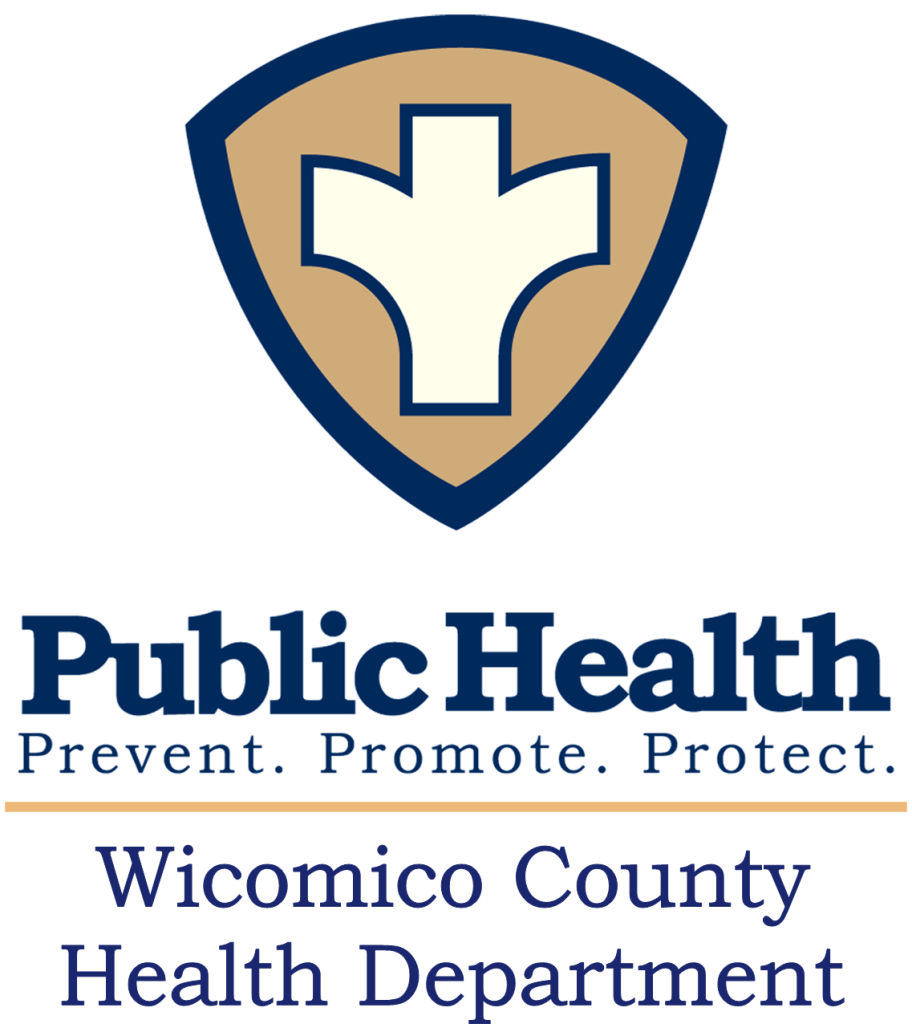
Emergency Preparedness
Phone: (443) 260-2180
Location: 300 West Carroll Street, Salisbury, MD 21801
Our Mission
The role of the Wicomico County Health Department Emergency Preparedness Program is to provide strategic leadership, direction, and coordination of activities that ensure local readiness, interagency collaboration, and preparedness for bioterrorism, outbreaks of infectious disease and other public health threats.
Any response to a public health emergency will be a coordinated effort of multiple Wicomico County agencies such as Emergency Management, Public Works, Police, Fire and Rescue and medical facilities.
Our Planning Efforts
- Continuity of Operations Plan (COOP)
- Pandemic Influenza Plan
- Medical Surge Plan
- Mass Fatality Plan
- Strategic National Stockpile Plan
- Emergency Support Function (ESF) #8 – Public Health and Medical Services
For more Emergency Preparedness information, visit Ready.gov.
